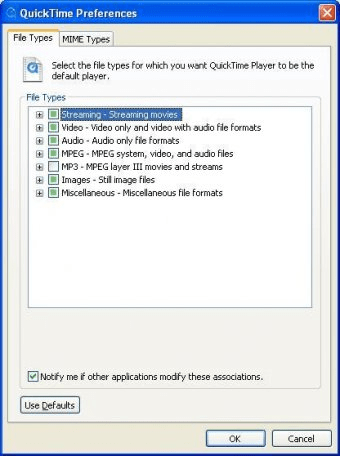

Why were these exporters removed from the After Effects render queue? The rendering phase may be slower in some cases, compared with using the After Effects render queue, because the headless version of After Effects rendering in the background does not have access to GPU acceleration and multiprocessing features. This method has the advantage of allowing you to continue working in After Effects while the rendering and encoding takes place, since the rendering is performed by a background instance of After Effects. Solution 2: send the composition directly to Adobe Media Encoder from After Effects (Composition > Add To Adobe Media Encoder Queue)Īnother method to create videos in these formats using Adobe Media Encoder with After Effects is to directly add the composition from After Effects to the Adobe Media Encoder queue. The disadvantage of using this method is that it occupies the main After Effects application for the entire rendering operation, during which time you can’t use After Effects for anything else. One advantage of using this method is that it uses After Effects performance features for rendering (such as GPU acceleration and multiprocessing where applicable) and Adobe Media Encoder performance features for encoding (such as parallel encoding).

You can assign encoding presets to a watch folder in Adobe Media Encoder so that it automatically encodes using whichever settings you have specified. mov container file) to a watch folder that Adobe Media Encoder monitors. The fastest way to create videos in these formats using Adobe Media Encoder with After Effects is to use the After Effects render queue to export a losslessly encoded master file (e.g., using the PNG video codec in a QuickTime. Solution 1: render and export a losslessly encoded master file out of After Effects to a watch folder monitored by Adobe Media Encoder You have two primary options for using Adobe Media Encoder with After Effects to create videos in H.264, MPEG-2, and WMV formats. I'm still able to export with h.264 in Premiere. I recently updated my After Effects version and now h.264 isn't showing as a video codec under Quicktime.
H.264 codec after effects windows code#
NeoSync Servers and Hosting, visit them here: NeoSync offers web hosting and game servers, use coupon code 'Mojomoney' at checkout.
H.264 codec after effects windows mp4#
This will make After Effects export MP4 using the H.264 codec. Select H.264 (be careful not to choose MPEG4) from the Format drop-down options. Then go to the upper-right Queue panel, click on any of the settings colored in blue to access Export Settings. From the lower-left Preset Browser, select H.264. You have to queue in AME before it gives you the option.

You're no longer able to output a quicktime h.264 out of after effects. Something has changed with how Adobe handles h.264 recently. A subreddit for amateur, hobbyist, and prosumer editors to meet, share techniques. 185k members in the VideoEditing community. Issue: How do you create H.264, MPEG-2, and WMV videos using Adobe Media Encoder with After Effects?ģ3 votes, 31 comments. You can still import videos in these formats into After Effects. To create videos in these formats, you should use Adobe Media Encoder. After Effects CC 2014 (13.0) does not include exporters for creating H.264, MPEG-2, and WMV videos directly from the render queue.


 0 kommentar(er)
0 kommentar(er)
